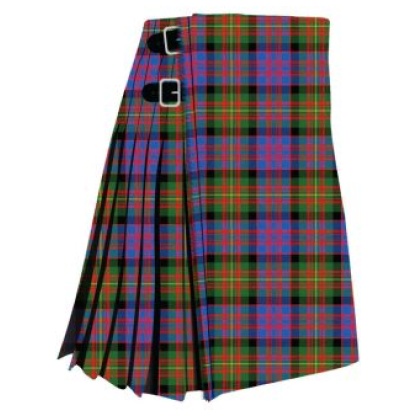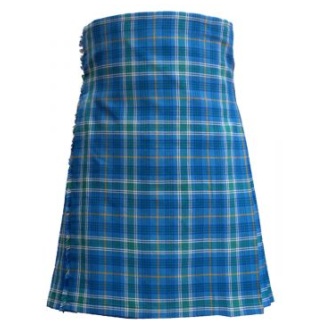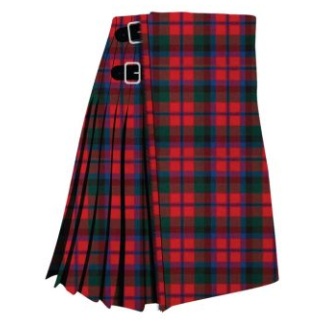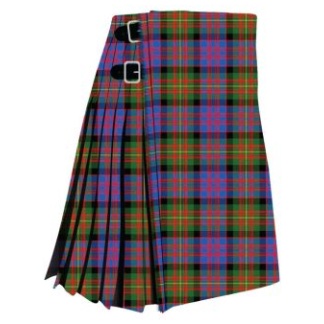Clan Carnegie Ancient Tartan Kilt
$149.00
The Clan Carnegie Ancient Tartan, like many other tartans, is associated with a specific Scottish clan, in this case, the Clan Carnegie. The history of the Clan Carnegie Ancient Tartan kilt is closely tied to the history of the Clan Carnegie itself. Here’s a brief overview of the clan’s history and its tartan:
- Clan Carnegie History:
- The Clan Carnegie is a Lowland Scottish clan with origins in Angus, Scotland. They were historically known as the “Carnegies of Southesk” and were associated with the lands around the South Esk River.
- The clan’s most famous historical figure is David Carnegie, the 1st Earl of Southesk, who was a supporter of King Charles I during the Scottish Civil War in the 17th century.
- Tartan Origins:
- The Clan Carnegie Ancient Tartan, like many other clan tartans, has its roots in traditional Scottish weaving and textile design.
- The concept of clan tartans as we know them today, with specific patterns associated with particular clans, became popular in the 19th century, largely due to the Romantic Revival in Scotland.
- Design:
- The specific design of the Clan Carnegie Ancient Tartan kilt may vary somewhat depending on the source, manufacturer, or weaver.
- Ancient tartans often feature softer, more muted colors compared to modern tartans. They aim to replicate the appearance of historical tartans using natural dyes.
- Use:
- The Clan Carnegie Ancient Tartan kilt would typically be worn by individuals with a connection to the Clan Carnegie or those who choose to wear it to honor their Scottish heritage.
- Kilts and tartans have a rich cultural and symbolic significance in Scotland, often representing a wearer’s clan, region, or affiliation.
It’s worth noting that the Carnegie family and the Clan Carnegie have a relatively complex history with a range of titles and branches. As with many Scottish clans, the history of the tartan may be intertwined with the history of the family’s titles and estates.
